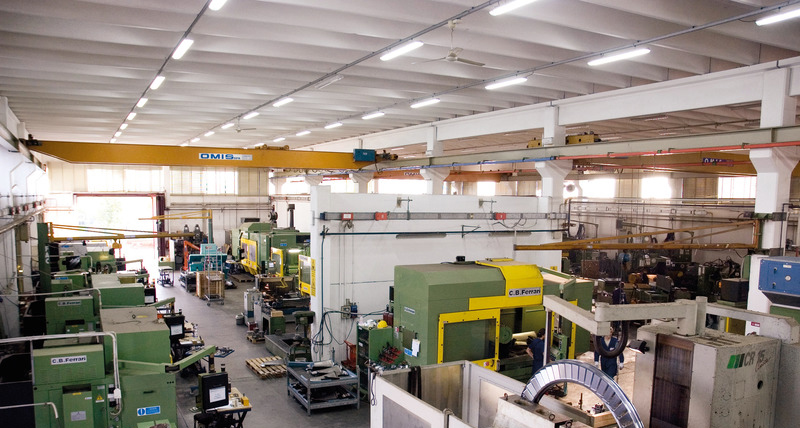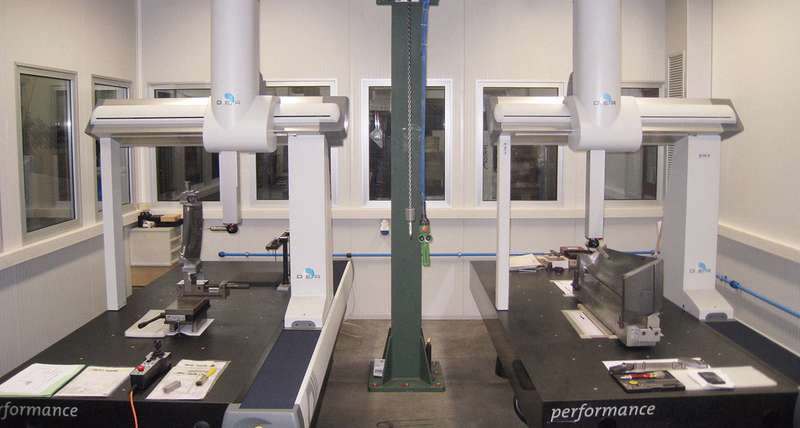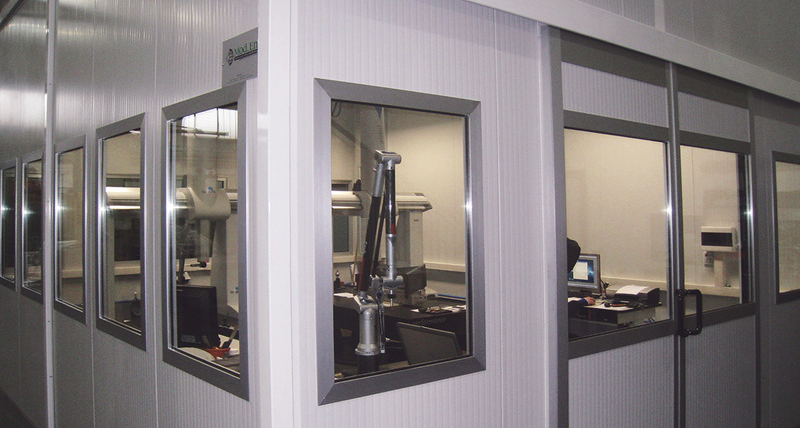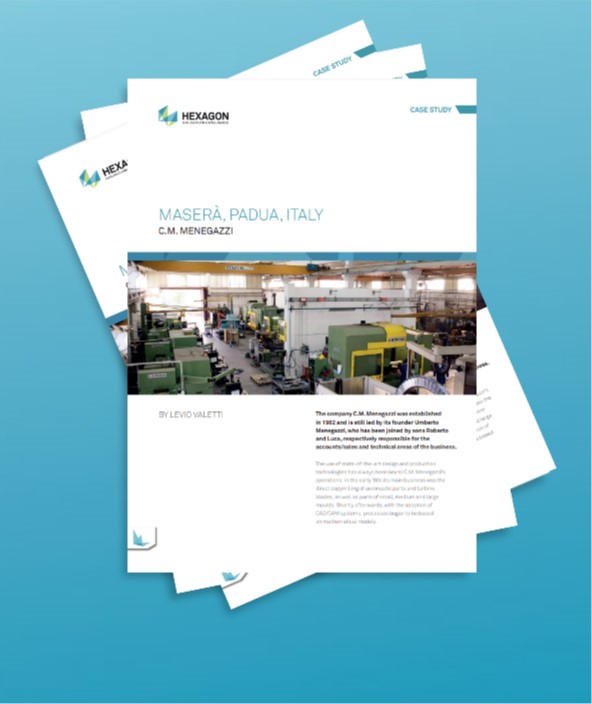C.M. Menegazzi - Maserà, Padua, Italy
C.M. Menegazzi - Italy
Contact us

The company C.M. Menegazzi was established in 1982 and is still led by its founder Umberto Menegazzi, who has been joined by sons Roberto and Luca, respectively responsible for the accounts/sales and technical areas of the business.
 The use of state-of-the-art design and production technologies has always been key to C.M. Menegazzi’s operations: in the early ‘80s its main business was the direct copymilling of aeronautic parts and turbine blades, as well as parts of small, medium and large moulds. Shortly afterwards, with the adoption of CAD/CAM systems, processes began to be based on mathematical models.
The use of state-of-the-art design and production technologies has always been key to C.M. Menegazzi’s operations: in the early ‘80s its main business was the direct copymilling of aeronautic parts and turbine blades, as well as parts of small, medium and large moulds. Shortly afterwards, with the adoption of CAD/CAM systems, processes began to be based on mathematical models.
“To start the production process,” Roberto Menegazzi explains, “our customers may supply us either with crosssection drawings of blades or the mathematical model. We are now also able to produce parts by reconstructing the entire mathematics of turbine blades using reverse engineering techniques.”
This blend of production and design capabilities has been and is still the distinguishing feature of C.M. Menegazzi, supplier to big names such as Siemens AG Energy Sector, Alstom Power System, ABB, GE, Škoda Power, Ansaldo Energia and Fincantieri.
“Our machining operations in the area of energy generating turbines,” Roberto Menegazzi continues, “have enabled us to achieve accreditation as a Technological Laboratory authorised by the Italian Ministry of Universities and Scientific and Technological Research. This means we can play an active part in projects for the development of new prototypes, in collaboration with our customers.”
 Naturally, measuring machines and instrumentation are an integral part of the C.M. Menegazzi production process. After a number of years using conventional instrumentation, gauges and continuous scanning probes, the big step forward in quality terms came in 2000, with the first DEA Mistral Measuring Machine.
Naturally, measuring machines and instrumentation are an integral part of the C.M. Menegazzi production process. After a number of years using conventional instrumentation, gauges and continuous scanning probes, the big step forward in quality terms came in 2000, with the first DEA Mistral Measuring Machine.
“Ten or so years ago, the increase in our output and our specialisation in the turbine blade sector made a sea change in our dimensional inspection methods essential.
The measurements made on the digitising machine we used for copying the blades were no longer sufficient: we needed a real automatic measuring machine capable of precisely certifying our machining operations, and providing our customers, and us, with detailed test reports comprehensible at a glance.
The technologies that affect our product are evolving all the time, so we need to renew our dimensional inspection methods at regular intervals. Our two DEA Mistrals have now been replaced by two larger-sized DEA GLOBALs, equipped with continuous scanning sensors. Today, our upgraded metrology room allows our staff to perform frequent precise sampling procedures on our output, as well as reverse engineering on blades for which no mathematical model is available.”
Hexagon Manufacturing Intelligence: “In which production stage is dimensional inspection performed?”

“During final certification of the finished piece, of course, but there are also plenty of in-process checks. We have equipped some of our machining centres with m&h measuring sensors (m&h is a Hexagon Manufacturing Intelligence group company, ed.) which enable us to perform dimensional checks and work piece realignments during machining without taking the work piece off the machining centre. However, this is not enough to check the precision of our output, so we take work pieces to the metrology room for in-process inspections during machining. To allow this, our machining centre operatives have been trained in basic use of our measuring machines, so they are able to perform inspection procedures prepared for them in advance by the metrology room staff.”
C.M. Menegazzi has also purchased a ROMER Sigma portable articulated arm, with which metrology room staff are able to perform quick, accurate measurements on forged and machined pieces. What’s more, when necessary the system’s portability allows measurements to be made on blades during machining without taking them off the machining centre: a significant advantage, especially when dealing with blades more than a metre long.
Hexagon Manufacturing Intelligence: “We are on the eve of an era in which alternative energy sources are going to have to contribute a higher proportion of global energy output. Do you see this prospect as a potential threat to your business, currently fuelled by conventional generation plants?”
“Quite the contrary, we see the growth of these new technologies as an opportunity for growth and renewal: we are intending to respond to developments just as we have throughout our history. “So,” Roberto Menegazzi concludes, “confirming our commitment to continual innovation, we have installed a photovoltaic electricity generation plant on the roof of our factory, and since June 2008 it has already produced almost 100 MWh”.
Hexagon Manufacturing Intelligence: “Do you have any plans with regard to wind power generation?”
Roberto Menegazzi. “Our company has always been oriented towards new technologies, so it is natural for us to be interested in this area.”

